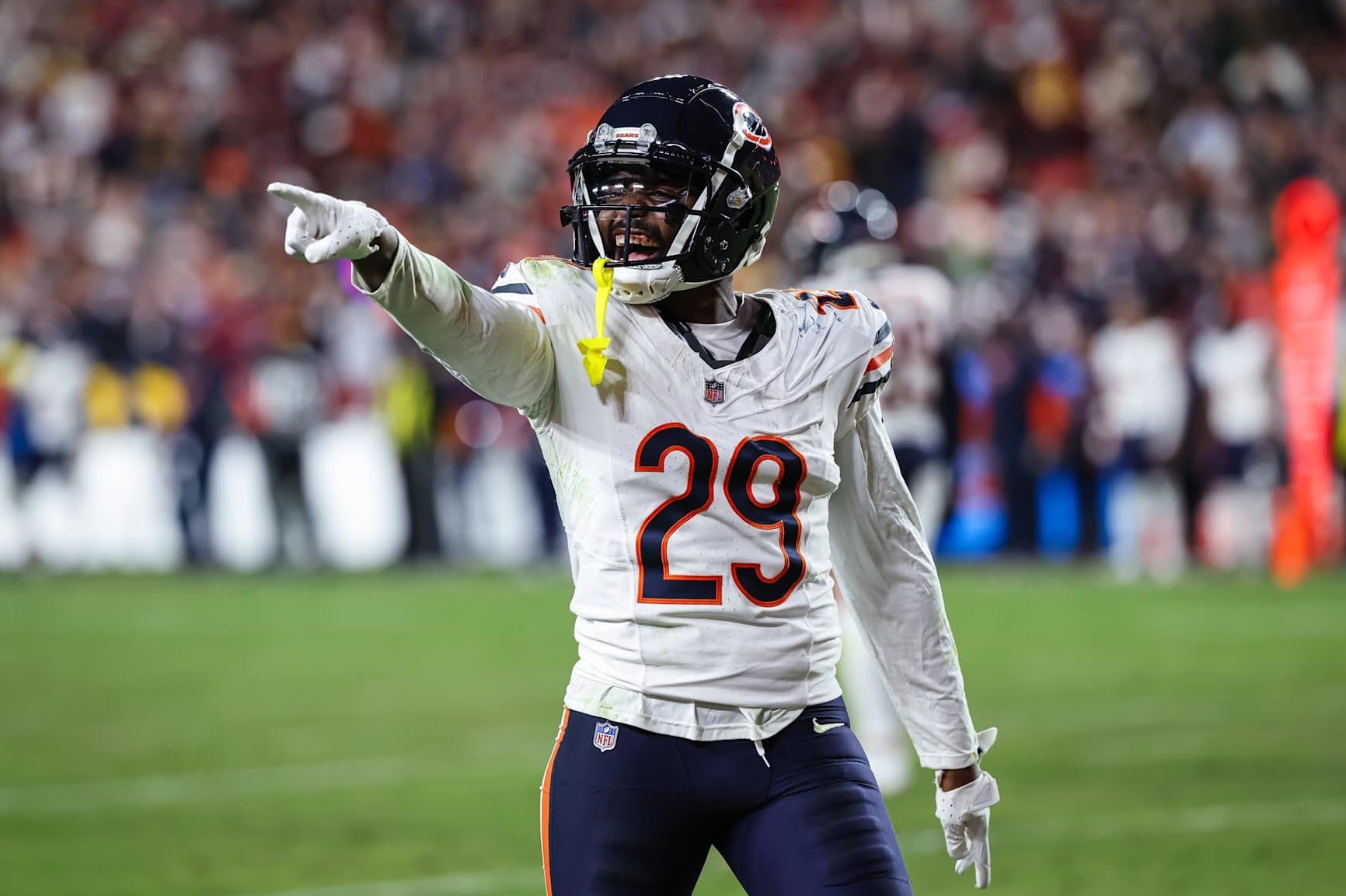
Chicago Bears’ Injury Woes: Losing Montez Sweat and Kyler Gordon May Reveal Deeper Issues
As the Chicago Bears prepare to face off against the Arizona Cardinals, the recent announcement that defensive stalwarts Montez Sweat and Kyler Gordon will be sidelined might feel like another gut-punch to the team’s devoted fanbase. And, while injuries are a natural part of the game, the timing and impact of these absences raise troubling questions: is this just bad luck, or are the Bears dealing with deeper structural issues that go beyond player health?
A Painful Pattern of Injuries
The Bears have seen more than their fair share of star players on the injury list this season, with consistent absences in key defensive and offensive positions. And now, with Sweat and Gordon ruled out for the Cardinals matchup, the Bears’ defense will undoubtedly take another hit, further dampening their chances to shake off a lackluster start to the season.
Montez Sweat, a recent addition to the Bears and a highly-touted player for his pass-rushing prowess, had been positioned as a catalyst to revive the team’s defense. His absence isn’t just a loss in talent; it signals a blow to team morale. Gordon, meanwhile, has been one of the more reliable assets in the secondary, offering flashes of brilliance in coverage and giving Bears fans hope for a stabilizing force in the backfield.
But injuries to high-impact players aren’t just about bad luck. The sheer frequency and persistence of Bears’ injuries in recent years has led some fans to ask if there’s a bigger problem.
Are the Bears’ Training and Conditioning Programs to Blame?
The revolving door to the Bears’ injury list raises questions about whether the team is doing enough to protect its players off the field. Fans and analysts alike have speculated on social media and in the press about the team’s conditioning, practice intensity, and overall approach to player health. Conditioning programs across the league vary widely, with some teams embracing cutting-edge recovery protocols and tech-driven solutions to monitor players. Are the Bears falling behind?
For instance, some teams prioritize recovery science, employing sports scientists, chiropractors, and even biomechanics experts who can preemptively identify risks. Given the stakes, are the Bears truly invested in the tools and resources necessary to mitigate the chances of injuries? The Bears have always been an old-school franchise with a blue-collar, gritty approach, but perhaps that traditionalism is coming at a high cost in terms of player health and longevity.
Bears’ Defense: No Band-Aid for a Broken Culture?
The Bears have long been revered as a defensive team, with fans clinging to the glory days of a gritty, punishing defense. However, the repeated losses of key defensive players are exposing a reality many fans refuse to accept: the Bears’ defense isn’t equipped to handle these blows, and the team may be lacking in overall depth and development.
Chicago’s front office went all-in with the acquisition of Sweat, signaling that they believed this was a team ready to contend at least on the defensive side of the ball. But should they have been investing instead in a more robust roster, particularly in developing younger, injury-resilient players? The loss of Sweat and Gordon may indeed expose cracks in the Bears’ defensive foundation that go beyond injuries; they highlight an overreliance on individual stars rather than a solid, cohesive unit capable of rotating seamlessly when injuries do arise.
Is the Bears’ Front Office Partly to Blame?
Injuries are unpredictable, but building a team that can withstand them isn’t. The Bears’ front office has faced increasing criticism for decisions that feel reactionary rather than part of a longer-term strategy. The acquisition of Sweat, while exciting, might have been premature for a team with glaring vulnerabilities in so many other areas. It’s a high-profile gamble that seems ill-conceived if there’s no way to support such players adequately.
Moreover, the front office’s apparent disregard for potential injuries when structuring this season’s team could suggest a lack of foresight. A more forward-thinking approach might involve not just finding flashy playmakers, but also developing backup players who can step up when inevitable injuries strike. This strategy would give the Bears’ long-suffering fans a roster that’s resilient rather than dependent on a handful of key players.
The Game Against the Cardinals: A Litmus Test for the Bears’ Depth and Adaptability
When they face the Cardinals, the Bears will likely struggle, relying on lesser-known players to carry the defense in Sweat and Gordon’s absence. This game will be telling. If the team can’t rally and put up a respectable fight, it may force Bears’ leadership to take a hard look at not just its roster, but the culture and practices that seem to be putting players at risk.
While no team is immune to the brutality of the NFL season, some franchises have mastered the art of keeping players healthy, adapting their strategies, and building a strong bench. If the Bears continue down their current path, ignoring the concerning frequency of their injuries and their underwhelming backup depth, they risk further alienating a fanbase that has been waiting too long for a return to greatness.
For Bears fans, watching yet another injury-depleted game may feel frustratingly familiar. But for the team itself, it’s a moment of reckoning. How the Bears choose to respond to this crisis will reveal whether they’re a franchise that can evolve, or if they’re content to let history keep repeating itself.






